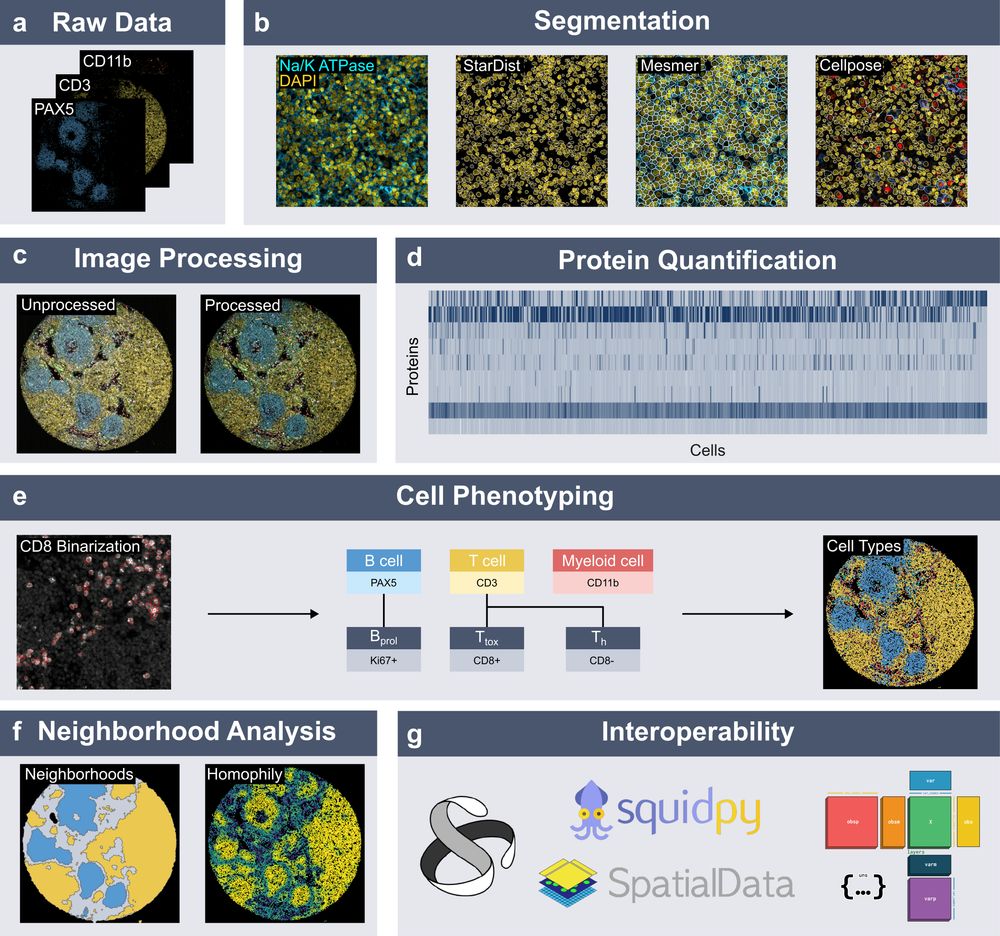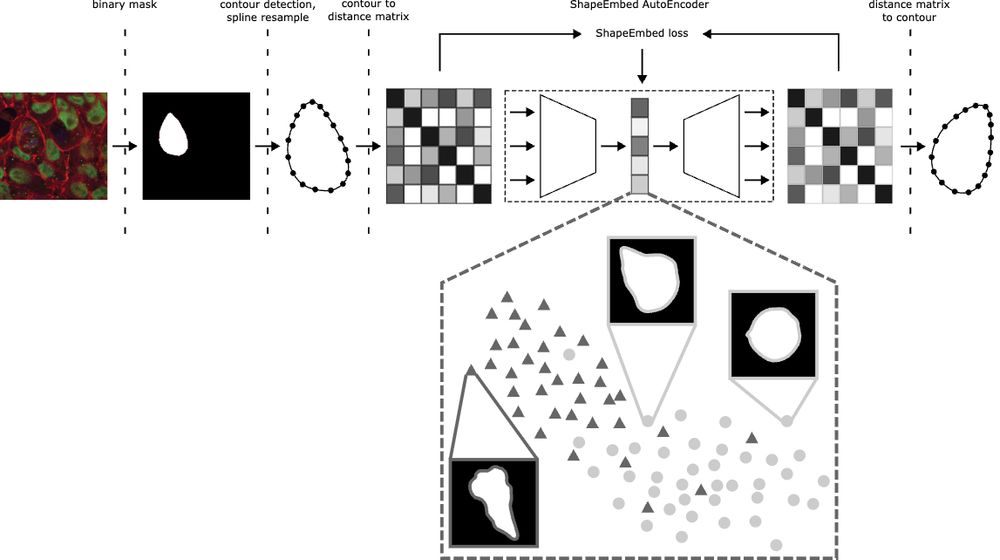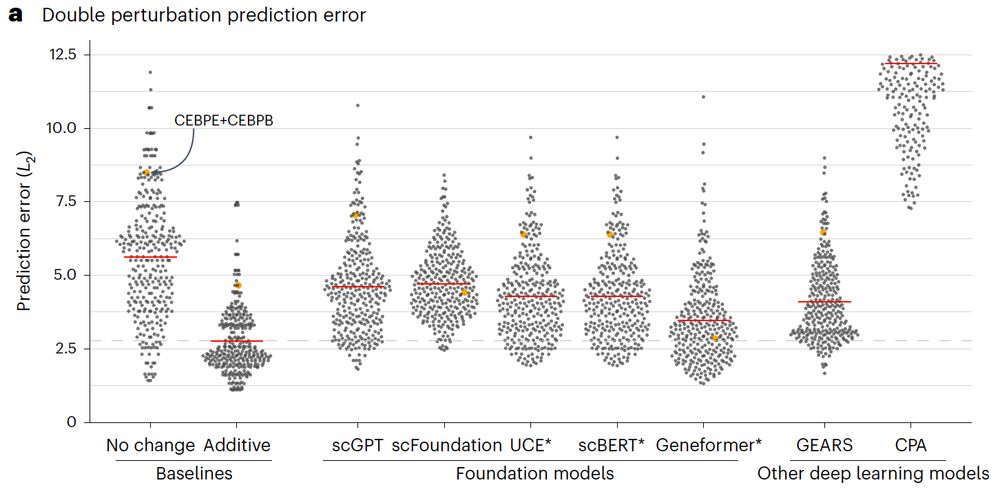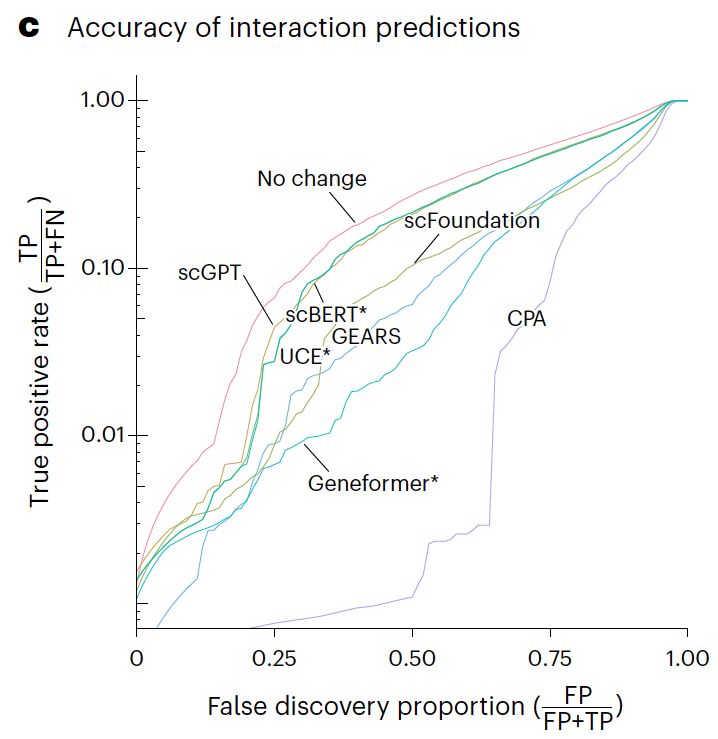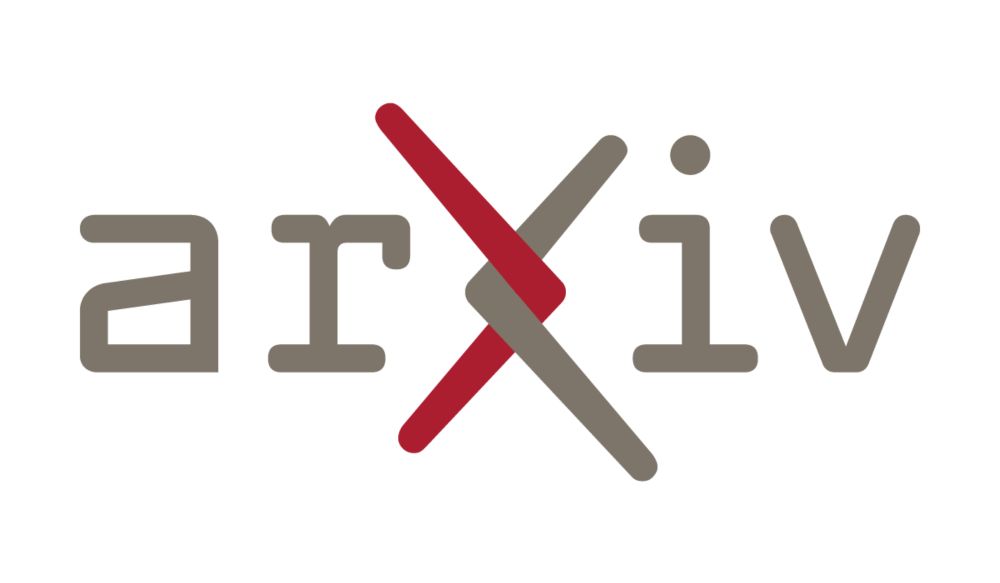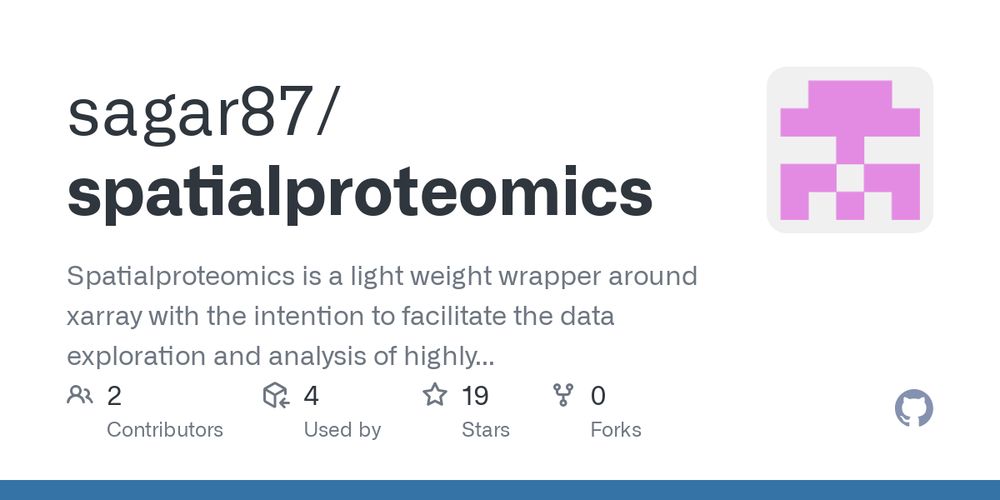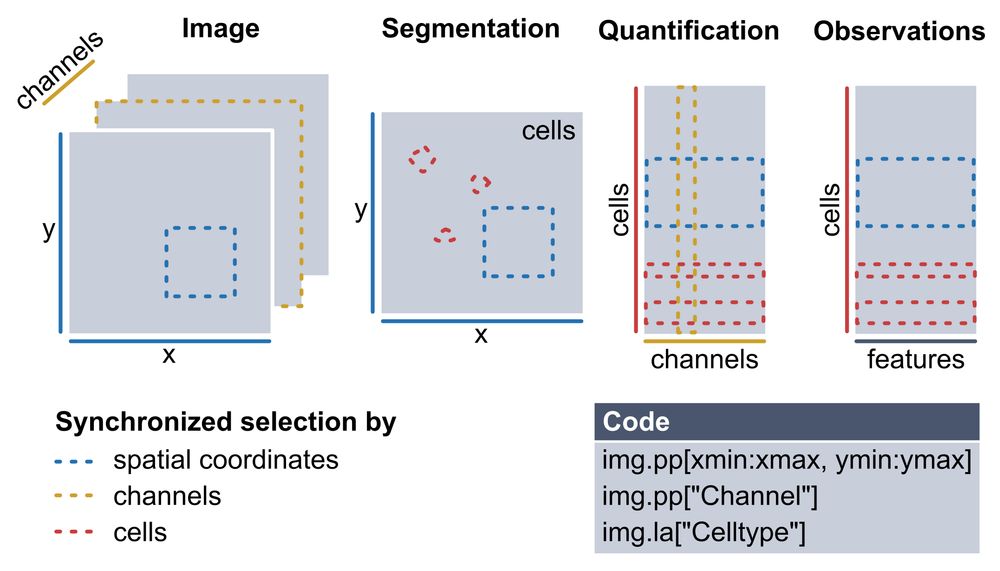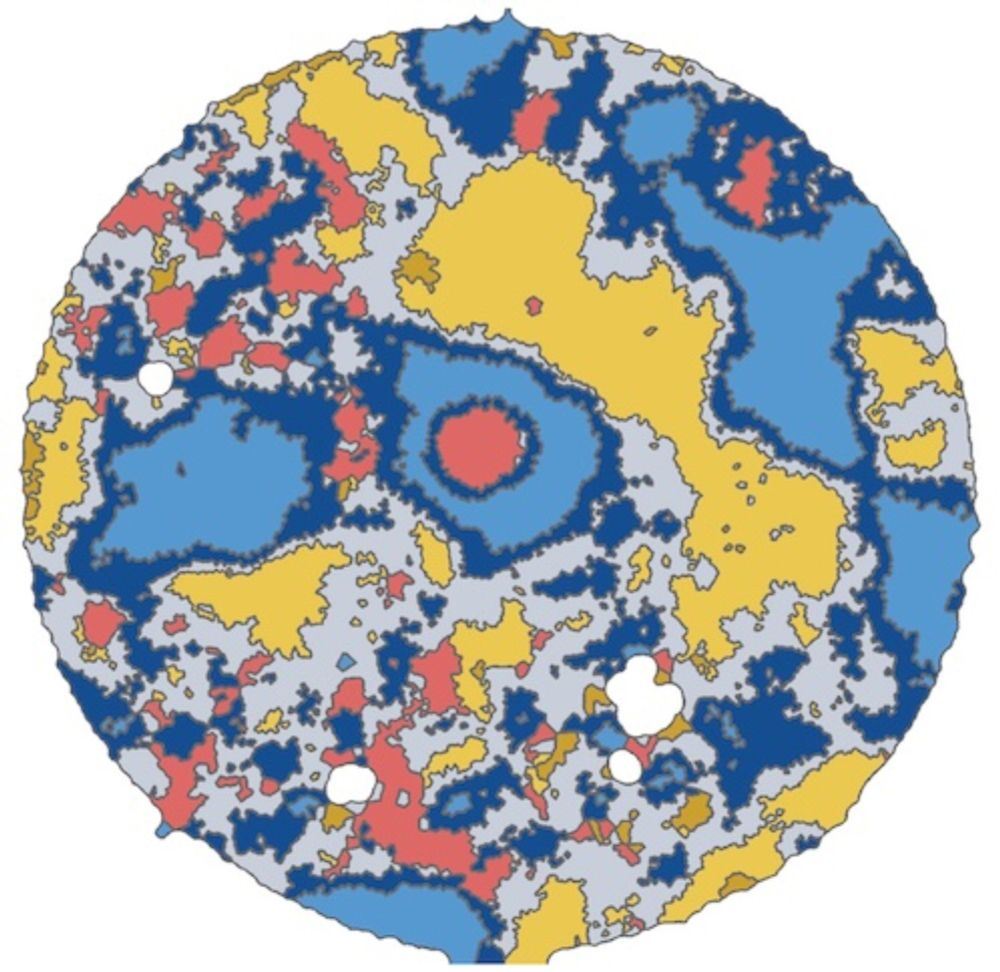Matthias Meyer-Bender
@matthiasmeybe.bsky.social
54 followers
59 following
6 posts
PhD student at EMBL Heidelberg
Interested in computational biology, biological image analysis and AI in medicine
Posts
Media
Videos
Starter Packs
Pinned
Reposted by Matthias Meyer-Bender
Reposted by Matthias Meyer-Bender
Reposted by Matthias Meyer-Bender
Reposted by Matthias Meyer-Bender
Martin Emons
@martinemons.bsky.social
· Jun 27
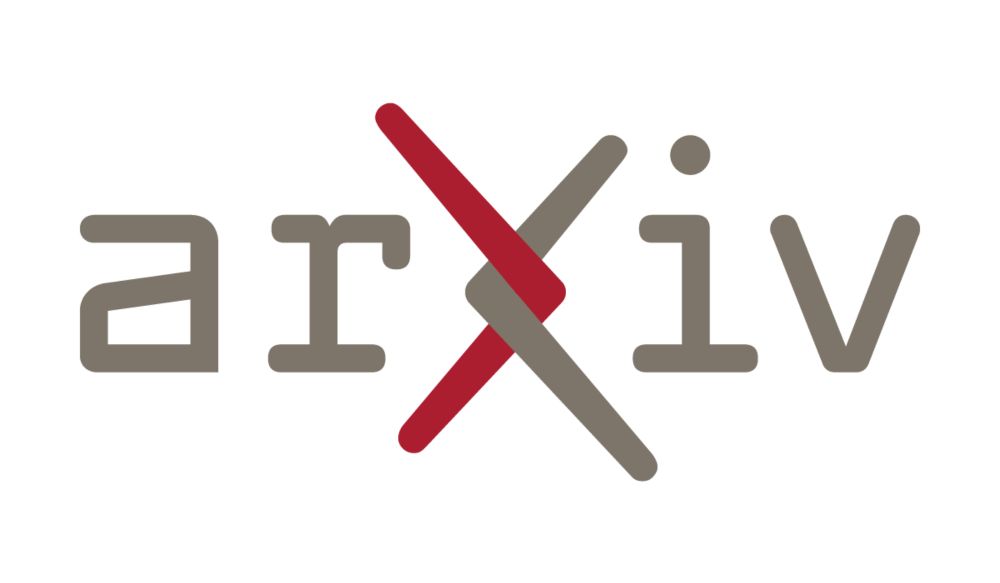
Harnessing the Potential of Spatial Statistics for Spatial Omics Data with pasta
Spatial omics assays allow for the molecular characterisation of cells in their spatial context. Notably, the two main technological streams, imaging-based and high-throughput sequencing-based, can gi...
arxiv.org
Reposted by Matthias Meyer-Bender
Reposted by Matthias Meyer-Bender

